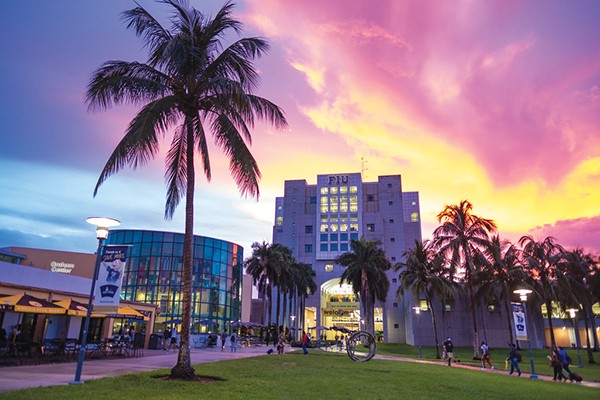The American education system essentially collapsed five months ago. With zero leadership from Betsy “Privatize It” DeVos and student debt hovering at $1.5 trillion, we’re not returning to business as usual in any form of education in the nation, including higher education.
In 1847, City College (New York) was founded as a free public college designed to educate the sons of the proletariat, and later the sons of immigrants. It was free, and pushed forward the nation’s foundational story of social advancement based on merit and study. Though women were not admitted until 1930, City College provided opportunity for bright, ambitious folks including Jonas Salk, Colin Powell, and too many others to mention here.
Now, students, their parents, and society are questioning the efficaciousness of carrying $1.5 trillion of collective student debt. The following presents suggestions for ways forward as we reenvision an educational system that does not tie students down in debt but frees them to pursue their future.
First, we have to make sure public education is excellent and affordable. Higher education cannot be the domain of the wealthy — all kids who aspire to college should have the opportunity to attend. College is really not so complex. It consists, essentially, of two parts: students and faculty. But we’ve made it enormously complicated by turning some colleges into luxury, all-inclusive cruise ships with astounding administrative overhead — administrative costs that have to be paid by the students and their families. Colleges need to return to focusing on education and not a competition to produce the most bougie dorm rooms.
Second, state and local governments must make funding post-secondary education a priority. The shift to building “amenities” is logical, as private (and public) schools compete for the dollars of those who can afford to pay full tuition. Why the drive to compete for these dollars? Because funding for public schools by local and state governments over the past 30 years per enrolled student has dropped by 25 percent. In Tennessee, for example, state government funding of higher education has fallen by nearly 14 percent on a per-student basis since 2008. To ensure the best quality affordable education for our students, state governments must fund at a rate that keeps pace with enrollment.
Third, Hispanics (Latinx students) represent about 28 percent of all K-12 students, nearly twice the number from 25 years ago. Hispanics make up about 19 percent of the United States population, on their way to a projected 30 percent in 30 or 40 years. Millions of these kids are going to need to go to college, but Hispanic median income (using figures from 2016) is about 20 percent less than the national average. Thus, we need to figure out a way to fund education for kids who represent the future of this country, since excellent, affordable higher education is critical to our future as a strong, competitive, and socially at-peace nation.
 Dave Ben Roberts | Wikipedia
Dave Ben Roberts | Wikipedia
Florida International University
Florida International University in Miami offers a model for all of us. It’s a majority minority public campus of 58,000 students. The annual in-state tuition is $6,500! FIU is a strong university with an excellent faculty and a deep connection to the local community. It feels a little like a modern, tropical City College; it’s not free, but $3,200 per semester is manageable for most, and with loans and grants, it’s an accessible higher education option.
Closer to home, our friends at Christian Brothers University here in Memphis have prioritized education of the working class, a tradition since the order’s foundation in 17th century France. While tuition there is not cheap, specific targeted funds are provided to support DACA (Deferred Action for Childhood Arrivals) students at the college, and they recently posted an ad to hire an advising and retention coordinator to focus on the unique needs of students studying as DACA recipients. CBU’s focus on enrolling those most in need should be the norm among colleges.
While the current pandemic has exposed the tenuous financial footing of many colleges and universities, the good news is the crisis could allow for dramatic change in an arena where so much room for growth and change exists. Much of that change must involve our willingness to rethink how higher education is funded, who gets access to higher education, and how we as a society take actual ownership of educating the next generations. We might have to pay more taxes. We might have to be more welcoming to immigrants. We might have to go back to some education basics.
Bryce Ashby is a Memphis-based attorney and the board chair of Latino Memphis. Michael LaRosa teaches history at Rhodes College.